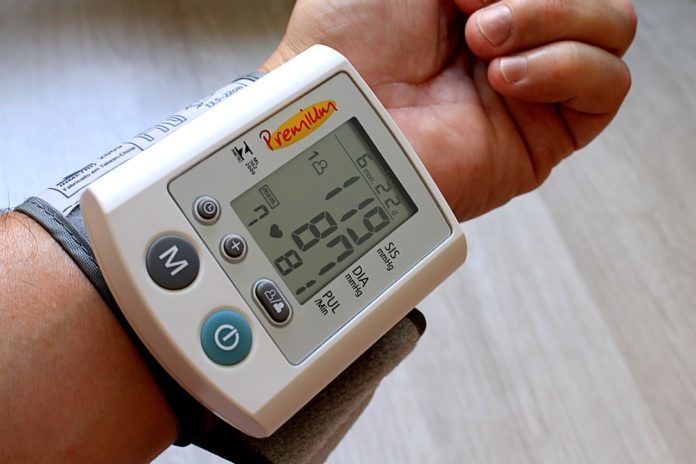Lead accumulation in shin bone may be associated with resistant high blood pressure
Accumulation of lead in the shin bone of men was associated with treatment-resistant high blood pressure, according to a new research published in the Journal of the American Heart Association.
“Our study demonstrates that cumulative lead burden, as measured by cortical bone in the tibia (shin bone), may be an unrecognized risk factor for drug resistant hypertension,” said Sung Kyun Park, Sc.D., M.P.H., the lead author of the study and an associate professor of epidemiology and environmental health sciences at the University of Michigan School of Public Health, in Ann Arbor, Michigan. Cortical bone is the hard outer shell of the bone.
Lead levels in the blood, tibias and kneecaps of 475 predominantly white men with high blood pressure were tested at a Veteran’s Affairs center in Boston, including 97 men who did not respond well to blood pressure medications.
resistant hypertension (RH) is defined as the BP of a hypertensive patient that remains elevated above goal (more than 130/80 mm Hg for most men) despite the concurrent use of 3 antihypertensive medicines.
According to the 2017 American Heart Association/American College of Cardiology guidelines, resistant hypertension (RH) is defined as the BP of a hypertensive patient that remains elevated above goal (more than 130/80 mmHg for most men) despite the concurrent use of 3 antihypertensive agents. RH also includes patients whose BP achieves target values on ≥4 antihypertensive medications, a condition that is also referred as controlled RH. Thus, the term RH refers to hypertension with both uncontrolled and controlled BP, depending on the number of antihypertensive agents used.
After adjusting for demographics, lifestyle and socioeconomic factors, including age, race, education, income, body weight and cigarette smoking, the researchers found a 19 percent higher risk of resistant hypertension in men with every 15 microgram per gram increase in lead levels in the tibia. Statistically meaningful associations between lead accumulation and resistant high blood pressure however, were not seen in the blood or knee bones (patella).
“Laws limiting lead exposure have been on the books for decades, but in recent years it is recognized that lead remains an environmental toxin that is still with us. This likely reflects the long after-effects of historically high lead exposures, which is what shin bone lead partly represents, but it also likely reflects continuing lead exposure from, for example, an aging infrastructure where water pipes in many urban areas are older and contain lead,” Park said.


